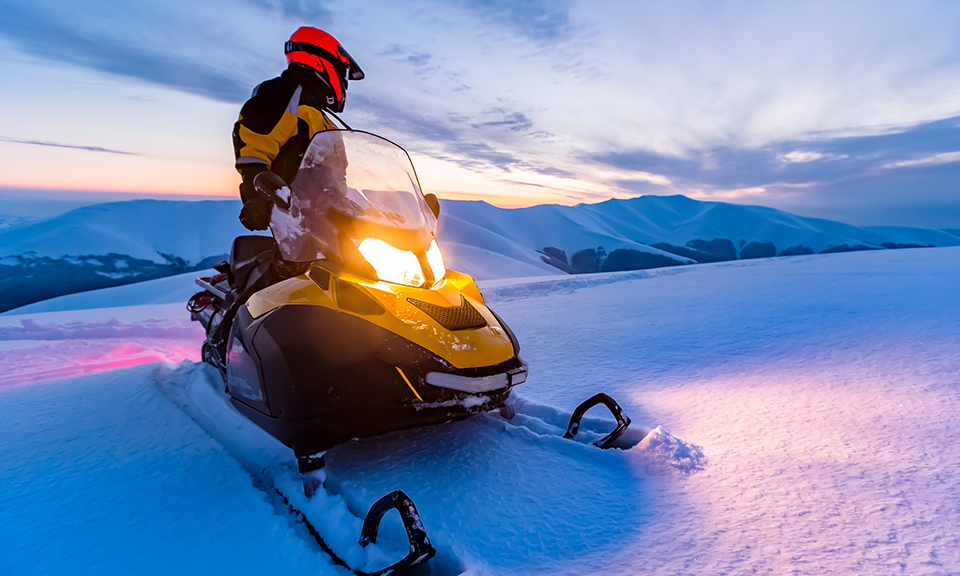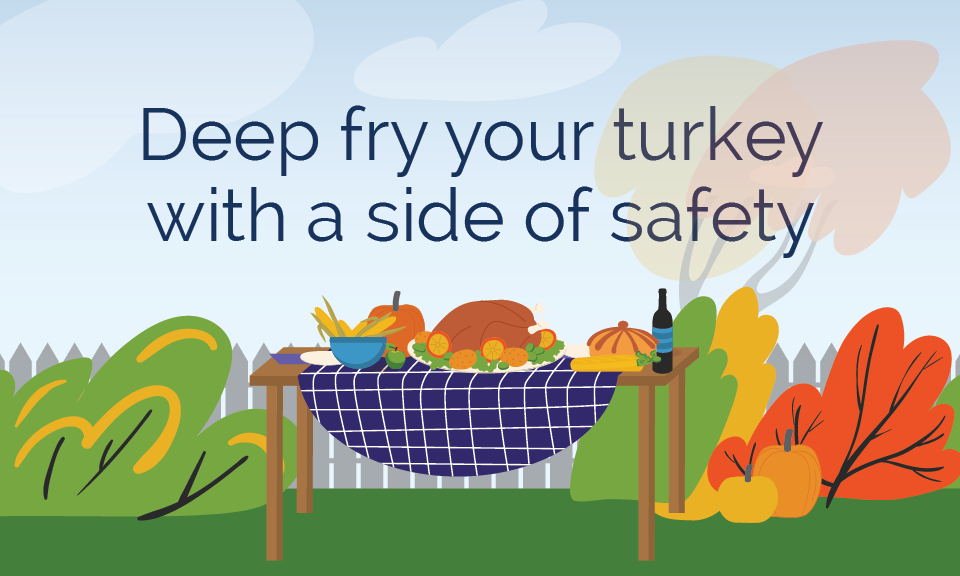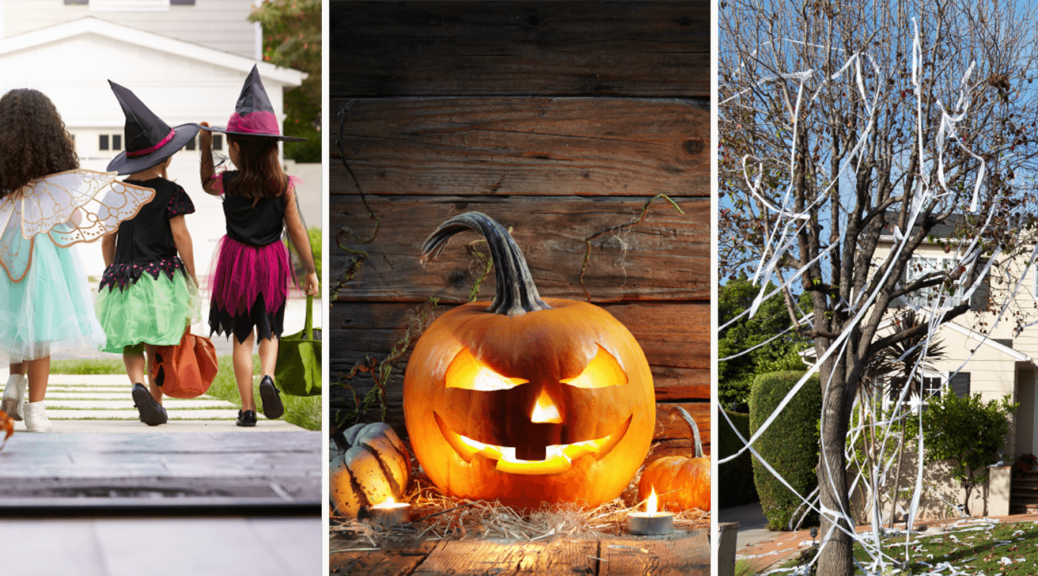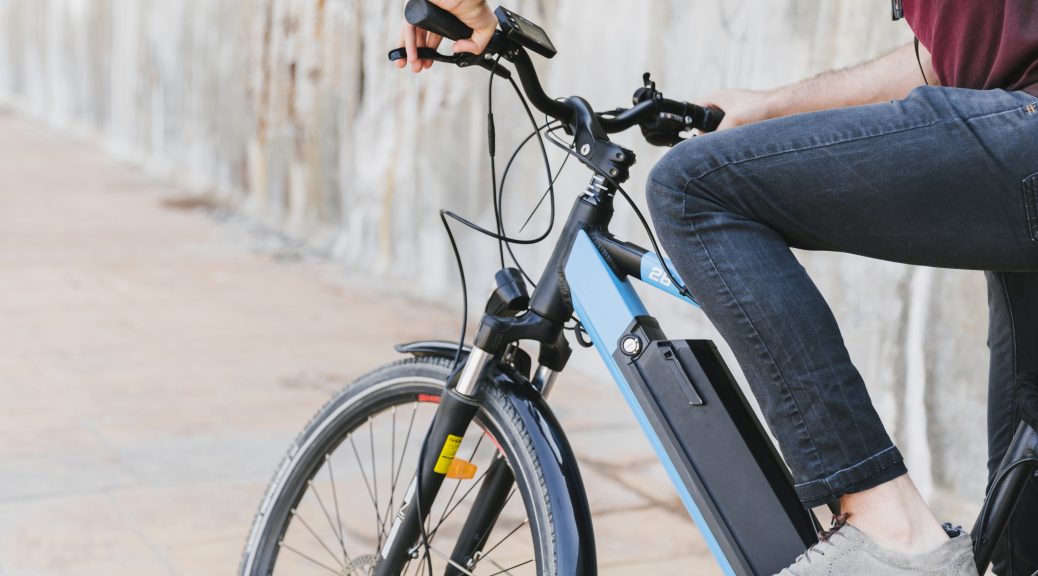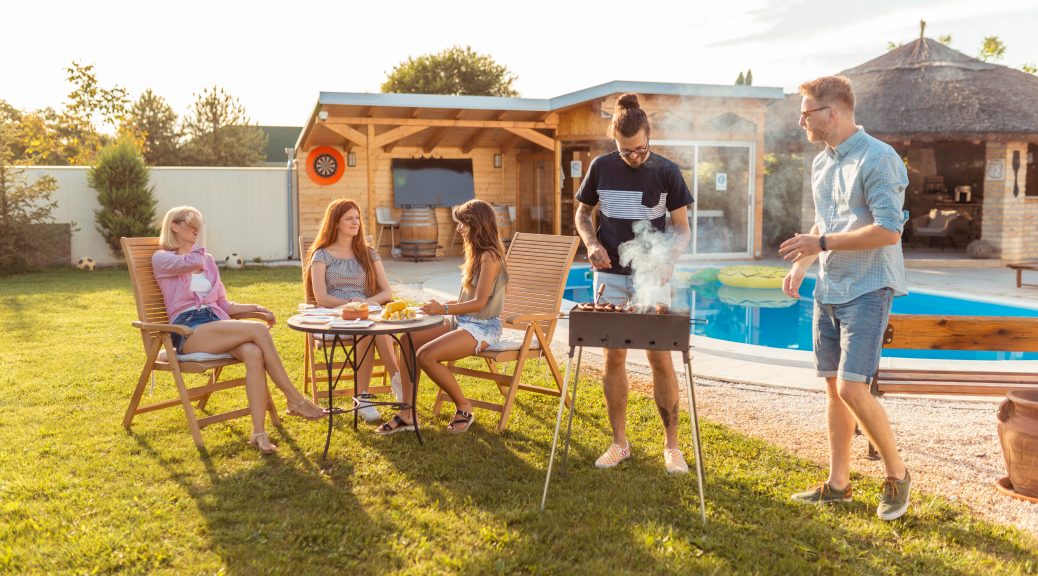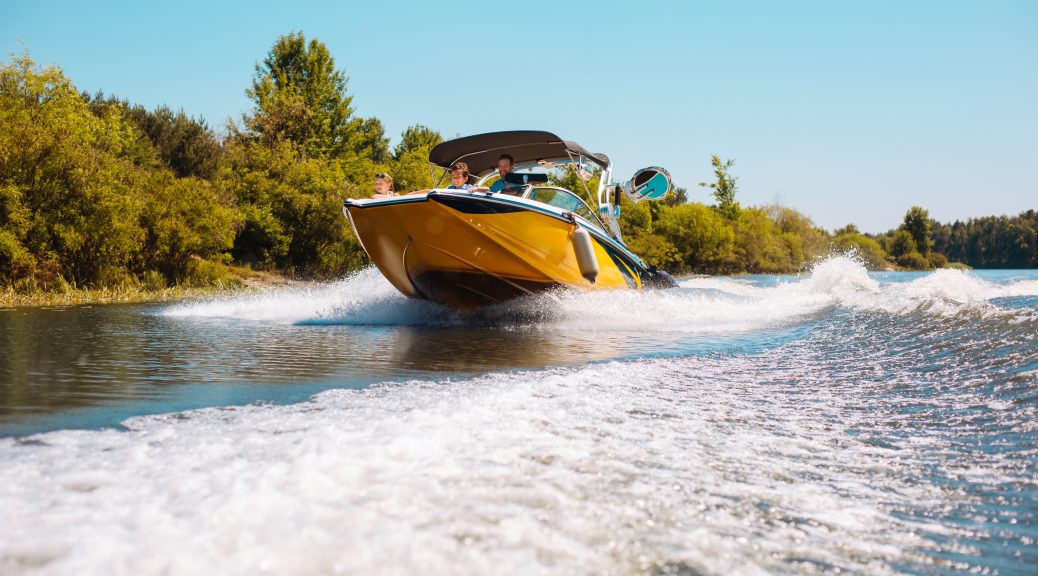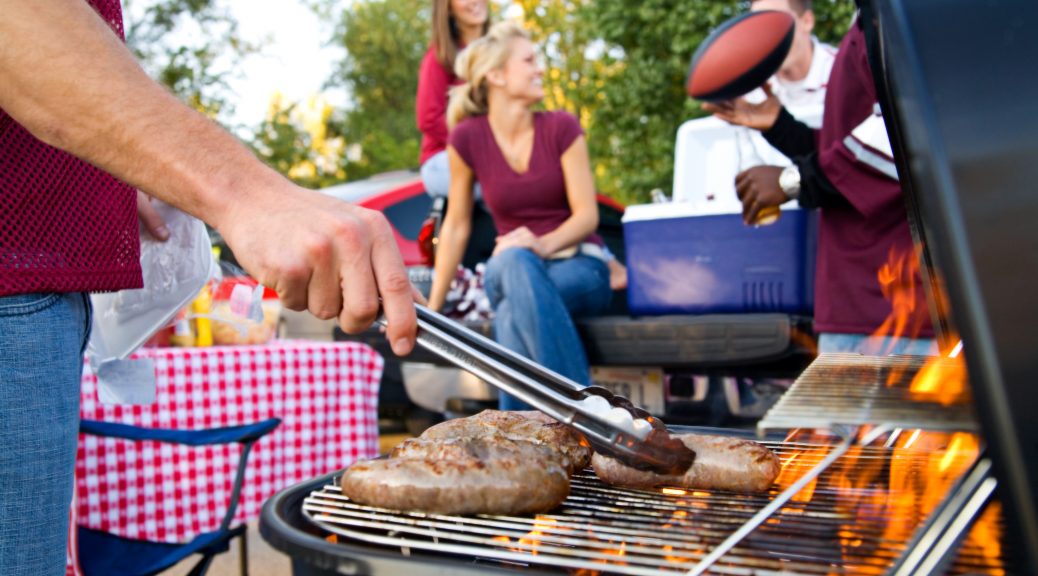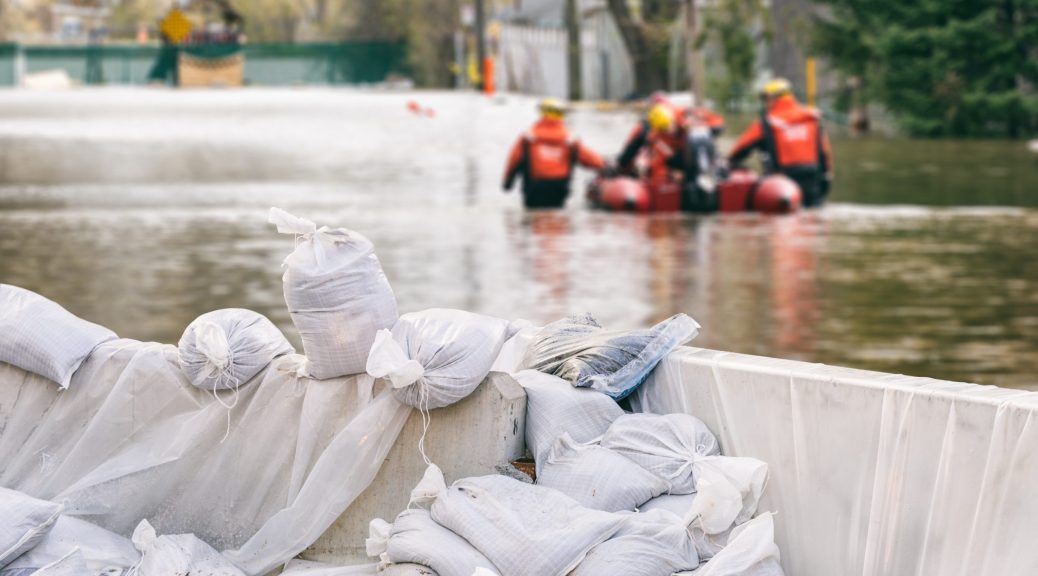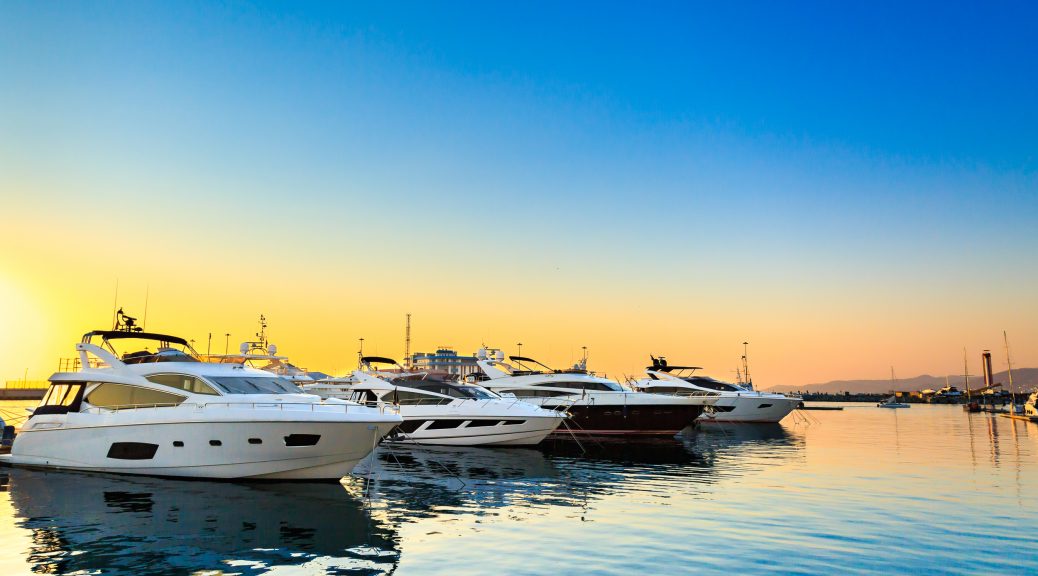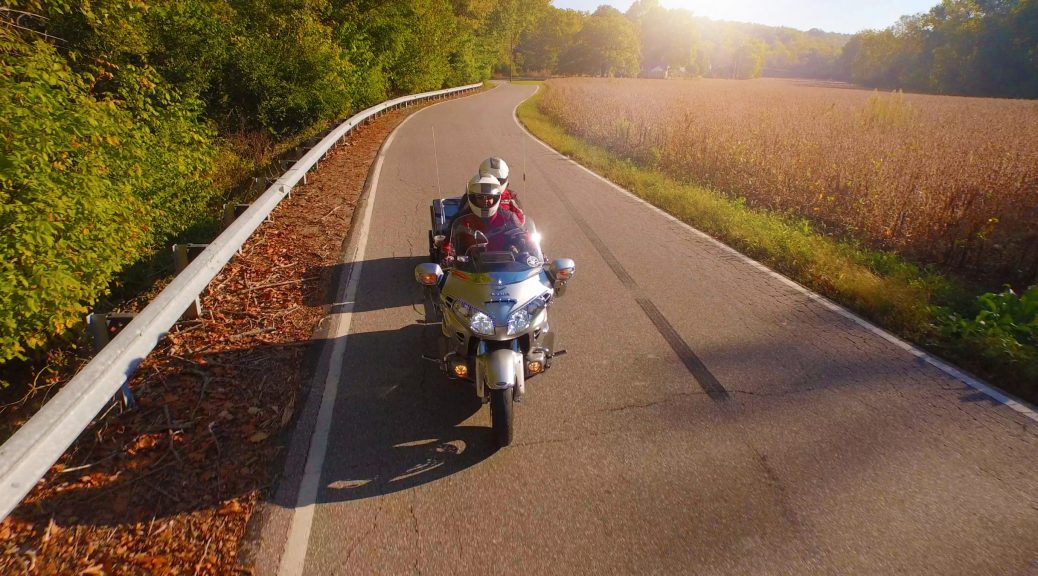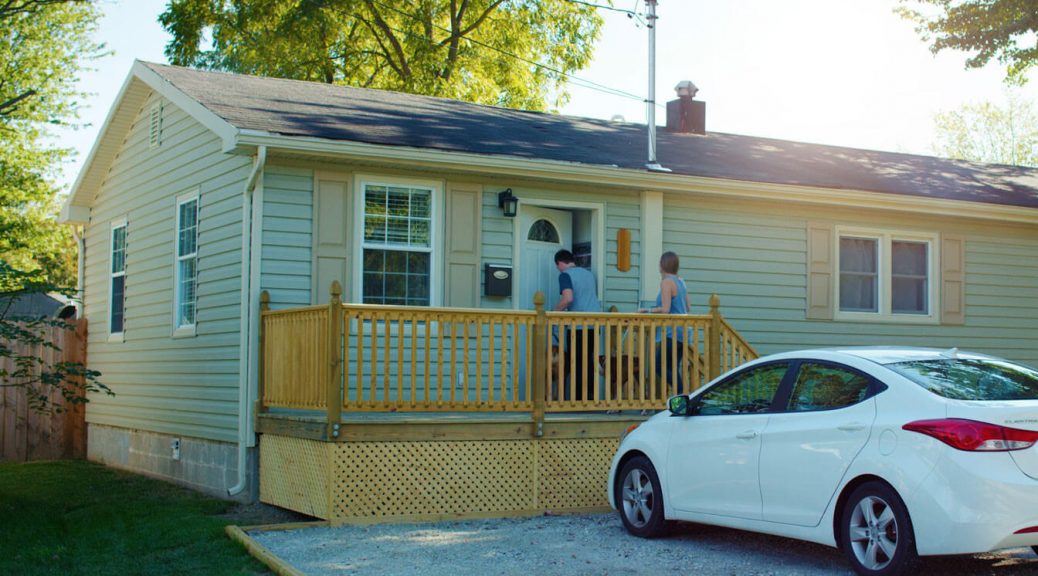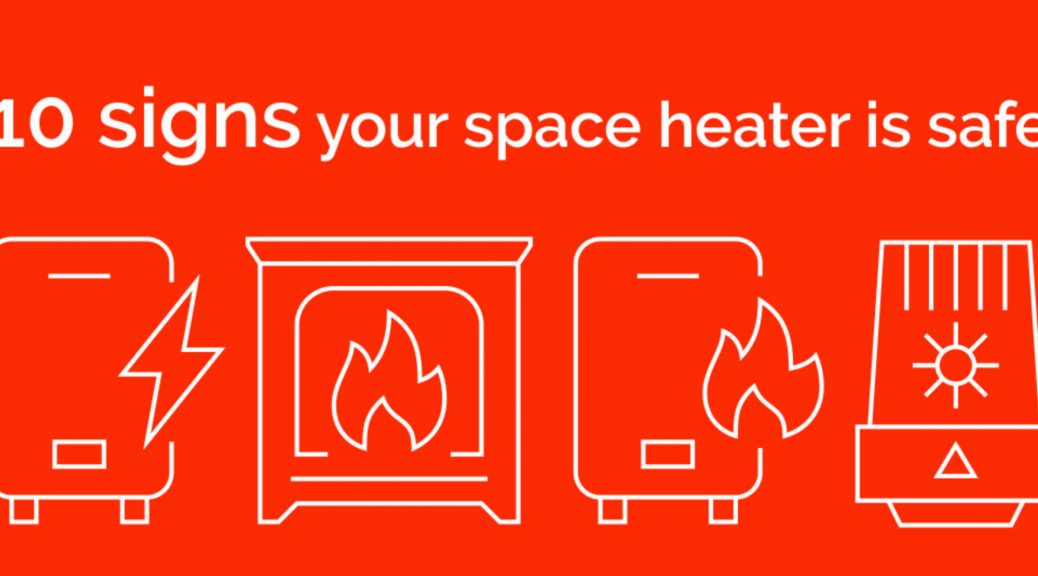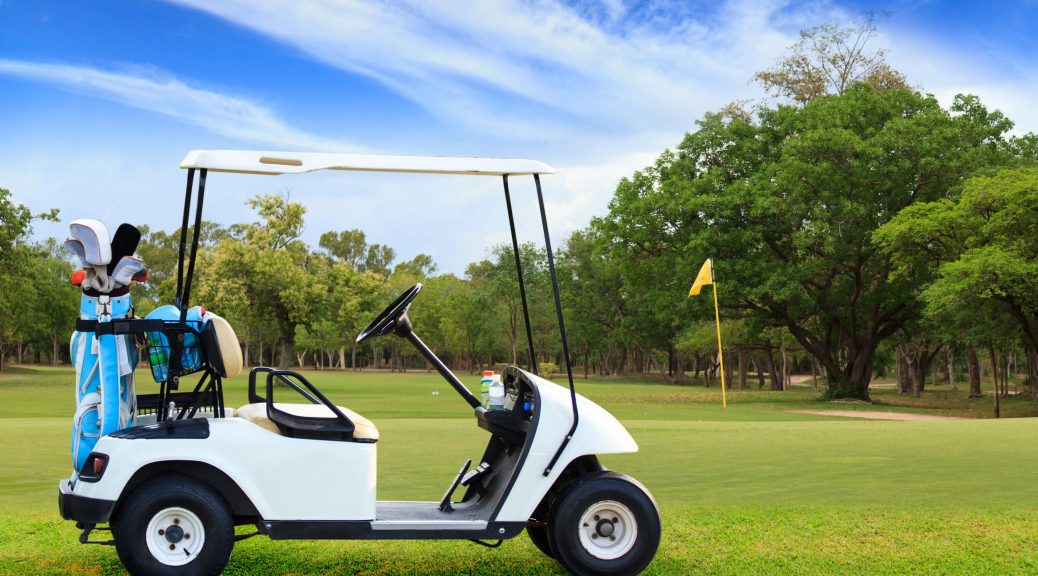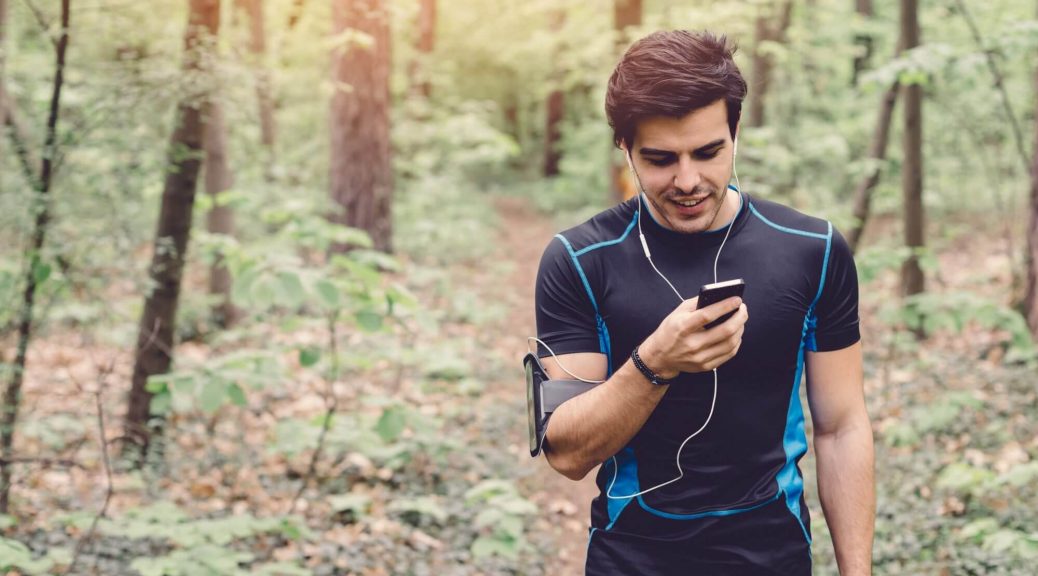“Where the rubber meets the road” is more than just an expression. It’s the moment of truth. The time for talking is done and someone (or something) is either going to perform or fall short. For a safe, enjoyable, smooth motorcycle ride, how well your tires perform ranks right up there with your driving skills.
Just like your helmet, tires are essential safety equipment. Make sure yours are ready to grip the asphalt when it counts with these tips:
Start off slow: Ride slowly for a few miles to let the tires warm up before accelerating and cornering normally. This is especially important in the spring and fall when morning temps can be much cooler than the afternoon.
Watch road conditions: An older road or one covered with leaves, grass clipplings, water, or dirt offers less traction—no matter what shape your tires are in. Use caution when driving on unmaintained roadways.
Get a feel for inflation: Overinflated tires have less road traction and amplify the effects of poor road conditions or sudden moves. Underinflated tires will make your motorcycle feel unstable.
Check pressure again: Tire pressure should be checked before every ride, if possible, or at least weekly. Be sure to follow the manufacturer’s recommendations. This is especially important in hot and cold weather as temperatures can actually change your reading.
Pressures may vary: Tire pressure isn’t one-size fits all. The recommended tire pressure may be different if you’re carrying a passenger or cargo. Remember to factor in the weight of any added accessories like a cargo bag and any saddlebag items.
Examine the tires: Regularly check your tires’ wear, looking at wear bars and tread depth. Worn out tires can quickly lose traction. Plus, look for cuts, cracks, and embedded stones or nails which are cause for replacement.
New tires beware: New tires can be slick! Take extra care until your tires are broken in well enough to maximize your traction.
For informational purposes only and may not be applicable to all situations.
